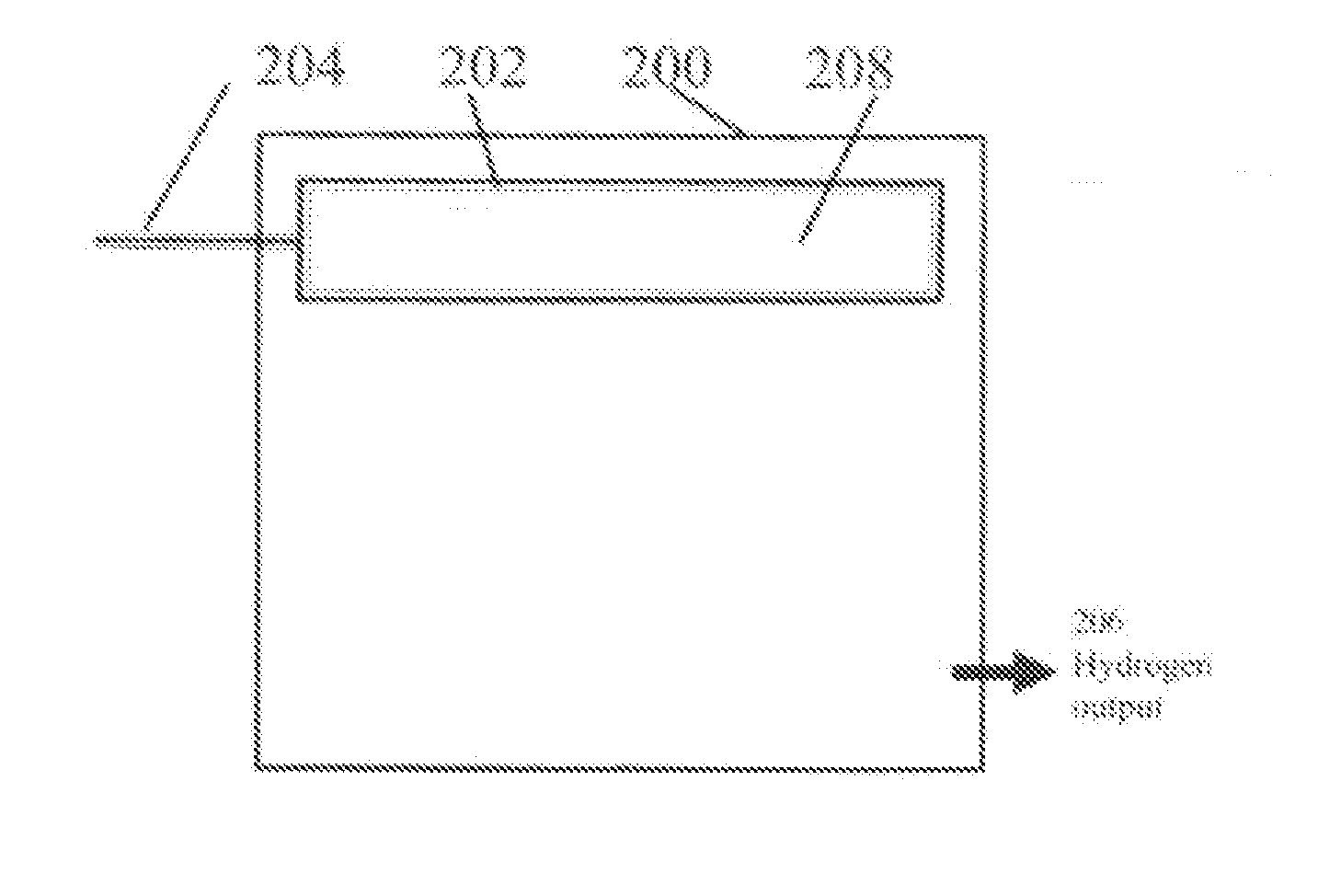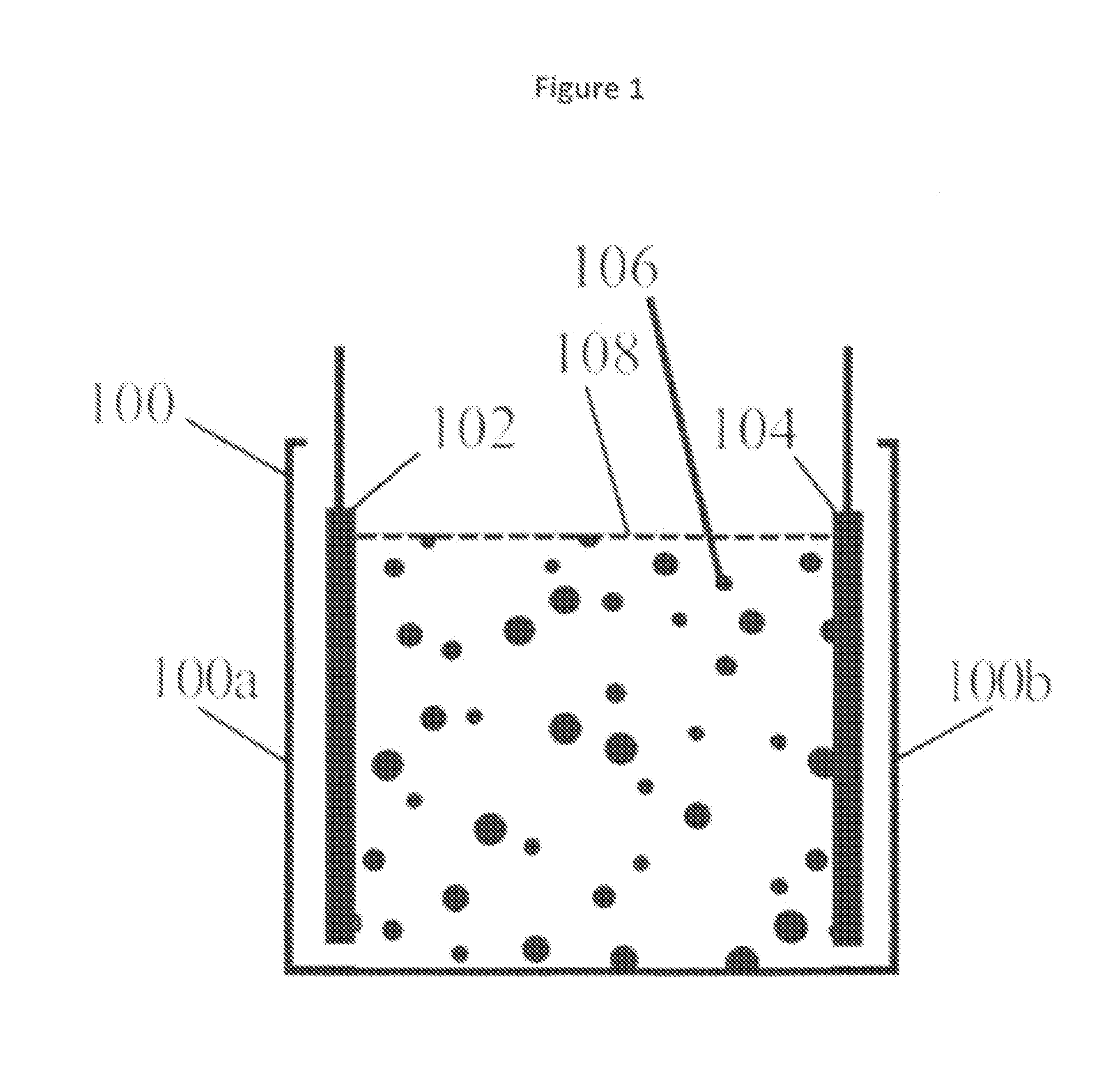Catlysts and fuels for producing hydrogen
a catalyst and fuel technology, applied in the direction of catalyst activation/preparation, metal/metal-oxide/metal-hydroxide catalysts, physical/chemical process catalysts, etc., can solve the problem of reducing the amount of fossil fuel available for use in the future, affecting the production of hydrogen, and reducing the production of hydrogen.
- Summary
- Abstract
- Description
- Claims
- Application Information
AI Technical Summary
Benefits of technology
Problems solved by technology
Method used
Image
Examples
Embodiment Construction
[0007]At least some of the above described problems can be addressed by exemplary embodiments of the methods and systems according to the present disclosure. The present disclosure describes exemplary embodiments of methods and systems that can produce hydrogen on demand (HOD) using various catalysts and fuels.
[0008]According to one exemplary embodiment of the present disclosure, a method of producing a catalyst for hydrogen production is provided, comprising providing a material having an absolute magnitude of a difference in electronegativities between the material and hydrogen of between approximately 0.08 to approximately 0.36, and providing electrical energy to the material to electro-activate the material, using the electro-activated material to produce hydrogen. The material can be provided in a liquid composition comprising water.
[0009]The method can further comprise determining whether the material has a catalyst hydride dissociation energy between approximately 0 to approx...
PUM
| Property | Measurement | Unit |
|---|---|---|
| hydride dissociation energy | aaaaa | aaaaa |
| temperature | aaaaa | aaaaa |
| temperature | aaaaa | aaaaa |
Abstract
Description
Claims
Application Information
 Login to View More
Login to View More - R&D
- Intellectual Property
- Life Sciences
- Materials
- Tech Scout
- Unparalleled Data Quality
- Higher Quality Content
- 60% Fewer Hallucinations
Browse by: Latest US Patents, China's latest patents, Technical Efficacy Thesaurus, Application Domain, Technology Topic, Popular Technical Reports.
© 2025 PatSnap. All rights reserved.Legal|Privacy policy|Modern Slavery Act Transparency Statement|Sitemap|About US| Contact US: help@patsnap.com



